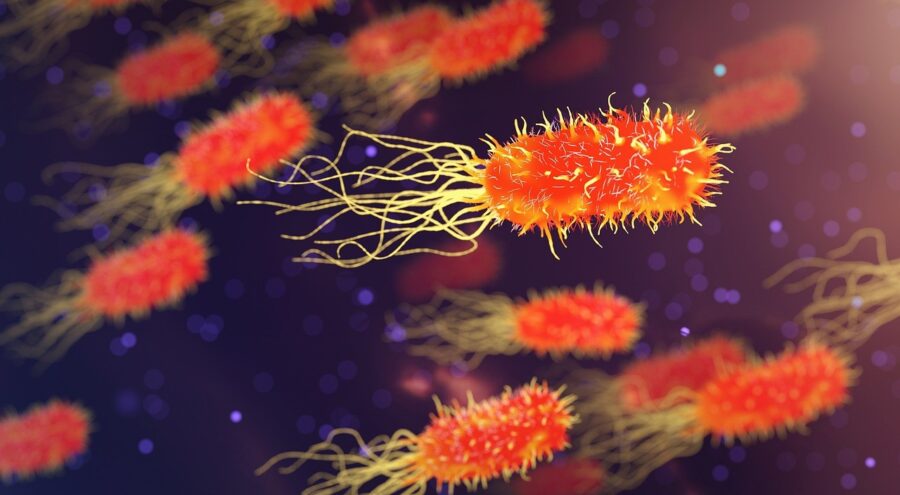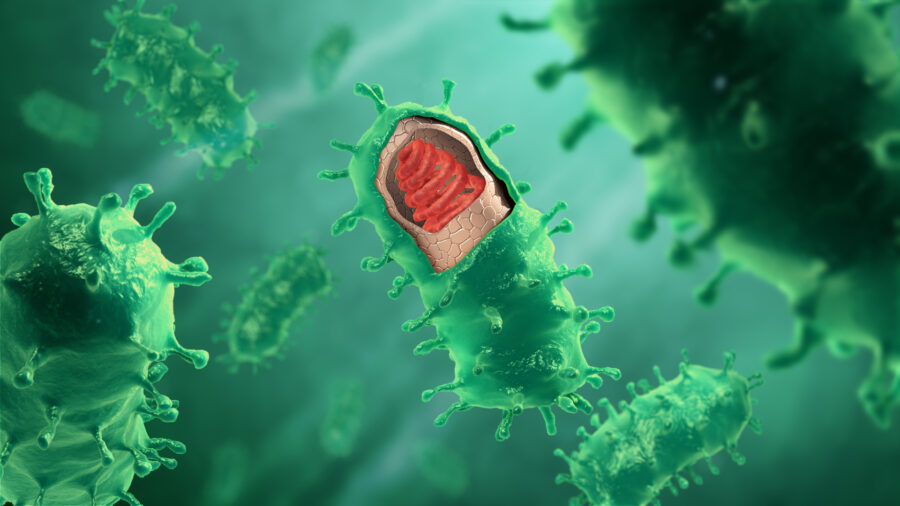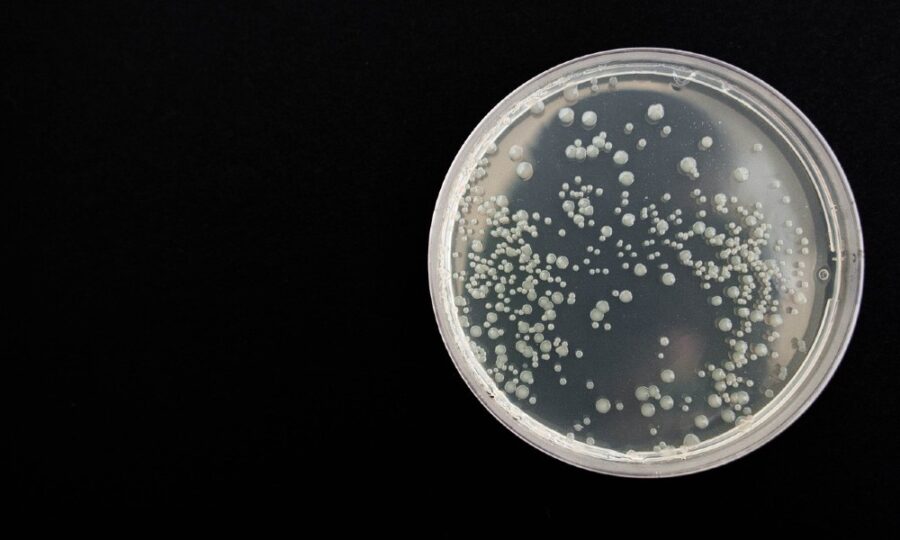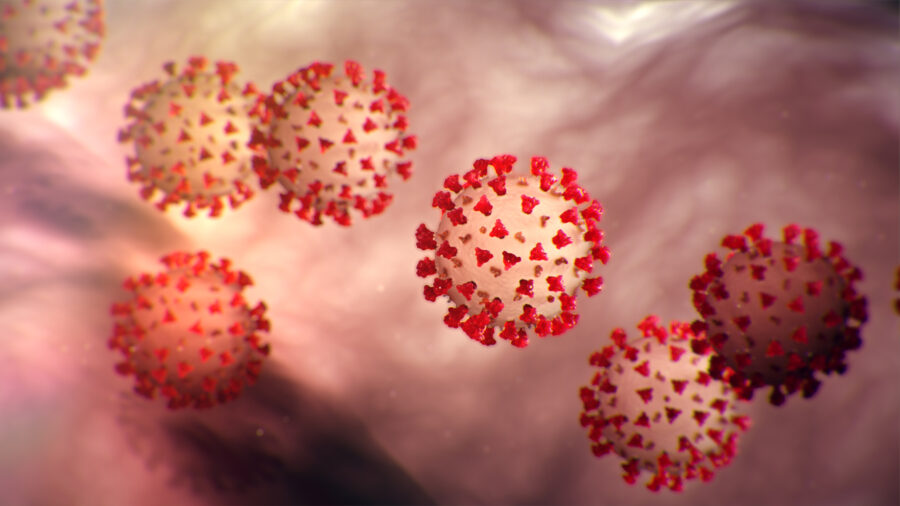Virus Makes History With First Ever Hitchhiker Virus

Your parents always told you not to pick up hitchhikers and now, everyone should be on high alert for what researchers are dubbing the Hitchhiker Virus. As dangerous as it sounds, this finding is a first for the scientific community. From the information gathered in a study that was reported in the Journal of the International Society for Microbial Ecology at the end of last month, the virus has gained its name as it attaches itself to a stronger virus to essentially give itself a boost.
The Hitchhiker Virus Attaches Itself To Stronger Ones To Build Its DNA

Also referred to as “a satellite virus,” the Hitchhiker Virus clings on to a stronger and more built virus as it’s unable to infect its host without the help of another. With the help of this beefier virus, the weaker one can copy the DNA needed to make it just as much as a threat. While this has long been seen in the study of viruses, the latest finding is the first time that a satellite virus fully secured itself to its helper as it usually just sticks close while getting its strength up.
This Is The First Type Of This Kind Of Virus Ever Discovered

Found using a high-tech microscope, the researchers first thought that their test subjects had been contaminated when they stumbled upon the Hitchhiker Virus. While studying how a virus clung onto a host, the scientists used a particular type of telescope that leans on the power of electrons to learn more about the substance in question. But, when they dug a little deeper, it was clear that contamination wasn’t their problem – they had just stumbled onto something never seen before.
The Virus Appeared To Have Bitten Its Host

Completely taken aback by their discovery, the researchers found that these were not your run-of-the-mill helper and satellite bacteriophages. With almost 80 percent of itself fully attached to the helper, an even closer observation revealed that the helper virus had what appeared to be “bite marks” on it, which were later found to be pieces of the satellite that had managed to stay on. And thus, the first Hitchhiker Virus was discovered.
Scientists Continue To Closely Monitor The Bizarre Virus

When looking at the findings in a scientific way to better understand how bacteria are able to change and evolve, the Hitchhiker Virus will be a point of interest for researchers over the next several years. One of the authors pointed out that while this was the first time a Hitchhiker Virus was reported, it doesn’t necessarily mean it’s the first time such a thing has occurred. Just as she and her fellow researchers were certain that their subjects had been contaminated, she believes that other scientists may have thought the same thing in prior studies.
Could We Have Another Pandemic On Our Hands?

With 2024 creeping up just around the corner, it’s hard to believe that it’s almost been a full four years since the COVID-19 pandemic first put a stronghold on the world. With each year that passes, scientists understand more and more about that virus which has mutated time and time again to ensure its survival. As the scientific community begins to learn more about the Hitchhiker Virus, it will be interesting to see how this broadens our understanding of the future of virus spreading and pandemics.












